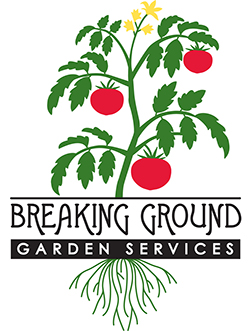Published in the Alameda Sun, February 14, 2019
Artificial lawns — usually installed to save water and reduce yard maintenance — are popping up all across Alameda. Unfortunately, there are many serious environmental drawbacks to artificial turf, and they are not a good solution for Alameda.
Sold as an alternative to turfgrass, artificial turf does not provide any of the ecological benefits of turfgrass or other plantings. It does not require watering, but that is where the benefits end. As Dr. James Baird, a U.C. Cooperative Extension turfgrass specialist said, “Turfgrass does not waste water — people and faulty irrigation systems waste water.”
Artificial turf is a petro-chemical product that requires oil and energy to be produced. In addition to the extruded “grass,” it contains an infill substance, often made of crumb rubber from recycled tires. It is installed by removing the living topsoil, compacting the soil beneath, and adding an aggregate stone base layer that is usually impermeable to water, thereby creating runoff. Recycled tires contain high levels of metals that are toxic to aquatic organisms. This means that runoff can become a serious problem.
In 2010 the Connecticut Department of Environmental Protection conducted a study of the runoff from artificial turf fields with crumb rubber infill. They measured the levels of heavy metals in the samples. They also measured “acute aquatic toxicity” based on how many test organisms died in the water. In 80 percent of the tests, they found copper and zinc leachates “exceeded acute aquatic toxicity levels.” This means that runoff from artificial turf in Alameda could potentially harm San Francisco Bay.
Additionally, artificial turf provides no home or food source for organisms such as insects that comprise the base level of the food web. Without insects to eat, there are fewer birds and the entire ecosystem is diminished. Artificial turf also gets significantly hotter than natural turf or even concrete, killing soil organisms.
Given the problems with artificial turf, people may want to look for an alternative. Sheet mulching, is which a layer of newspaper or cardboard is laid down over cleared soil, and covered this with a thick layer of organic much in the form of leaves, sawdust (from pure wood sources) or chipped trees. This provides an excellent, relatively inexpensive alternative. Sheet mulching suppresses weeds, helps the ground to retain moisture and breaks down into a rich, organic compost. It also provides food for soil organisms and decomposer insects. Planting drought-tolerant plants in the mulch will provide even more habitat.
In a busy world, an ecological solution such as sheet mulching will provide many more benefits than a petro-chemical product like artificial turf.
